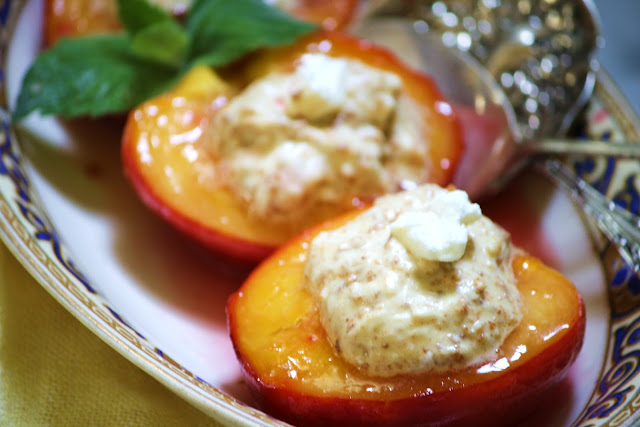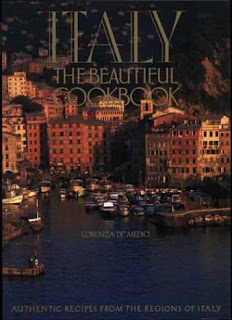 |
| Ricotta Hazelnut Lemon Cake |
It's been a long time since I felt moved to wax poetic about cake, but this recipe, which I ended up adapting based on what I didn't have on hand, is worthy of a sonnet; possibly an ode.
This is an elegant cake, suitable to serve to dinner guests or people you love. It's also a portable cake that holds up to being wrapped in wax paper and transported to a picnic or friend's house. Or in your messenger bag in case of emergency. It goes beautifully with Prosecco after dinner or is perfect with a good strong espresso for breakfast. Best of all, it takes about 10 minutes to put together, so it's an excellent last minute desert.
The rich, nutty flavor and texture of the hazelnuts is offset by the clean citrus of the lemon zest - which I encourage you to add an extra pinch of if you feel so inclined. The addition of ricotta means no butter, which I promise you won't miss at all. There's nothing fussy or gooey about this moist, dense cake, but it I think it will satisfy even the most hardcore cake lover. I did not dust it with powdered sugar because I thought it was divine just the way it was, but I'm all for gilding the lily if that's what makes you happy. Which this cake does.
Lastly, if you don't dig hazelnuts, you can substitute almond meal and almond extract. Both the hazelnut and almond meal are made by Bob's Red Mill, which you can score super cheap at your local Ocean State Job Lot or most any supermarket. Enjoy!
Ricotta Hazelnut Lemon Cake
(Seriously adapted from www.italianfoodforever.com)Ingredients
1 cup whole milk ricotta
4 large eggs, separated
1 tsp. pure vanilla extract
1 cup granulated sugar
2-1/4 cups hazelnut meal
1/4 scant cup flour
1 Tbsp. lemon zest
1/3 cup sliced almonds
Powdered sugar for dusting (optional)
Directions
Preheat oven to 325 degrees F., position the rack in the middle of the oven.
Butter and flour a 9-inch spring form pan (or use Baker's Joy)
In a stand mixer, beat together ricotta, egg yolks, vanilla extract and sugar until smooth.
Stir in lemon zest, hazelnut meal and flour.
Whip egg whites in separate bowl until they form soft peak
Fold half the egg whites into the hazelnut mixture, then fold in the rest.
Spread batter into prepared pan and sprinkle the top with the sliced almonds.
Bake the cake for 40-45 minutes until a toothpick or cake tester comes out clean and top is lightly golden.
Let cool 10 minutes then remove sides of the pan.
Let cool completely, then dust with powdered sugar and serve.
2010-2014, What's Cooking in Your World? Sarah Commerford/All Rights Reserved

.jpg)
-5.jpg)
.jpg)
-6.jpg)

-8.jpg)
-3.jpg)
-5.jpg)
-4.jpg)


























